What Do Work Safety Gloves Protect Against? (Risks and Benefits)
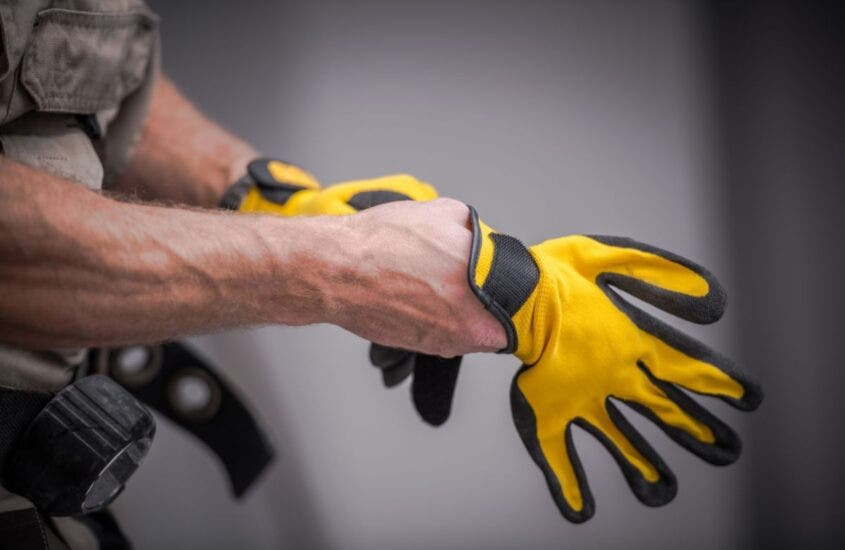
Safety and hygiene are everything.
What Do Work Safety Gloves Protect Against? – If you were ever to compromise the safety of yourself, your employees, or anyone you care about, you are effectively putting them at risk of harm. And similarly, with hygiene, if you serve someone contaminated food, you risk their health.
And this is where PPE, or personal protective equipment, comes into its own. In this article, we’ll be discussing safety gloves specifically and asking what exactly work safety gloves protect against.
In this article, we talk briefly about all the various things that work safety gloves can protect against before focusing on what gloves are best to use in a kitchen and handling food. We also touch on what PPE to wear when fitting a range hood.
And without further ado, let’s get started.
Table of Contents
So, What Do Work Safety Gloves Protect Against Altogether?
Work safety gloves can protect against a wide range of workplace hazards. A wide range of injuries can be prevented by wearing good gloves, including chemical exposures and electrical shocks.
Cuts and Abrasions
Cut-resistant gloves have fibers with a rolling action, whereby the fibers can move a little to absorb the impact of a blade.
Leather and canvas gloves are good for this and can also be treated to improve their grip.
Chemical Exposure
Chemical-resistant gloves can provide a valuable barrier from acids, alkalis, salts, and ketones.
Electrical Shock
Gloves designed to prevent electrical shock are usually made with highly dielectric strong insulating rubber, which may be natural or synthetic.
They can prevent both electric shocks and burns because the rubber does not conduct electricity.
Biological Cross Contamination
Gloves are also important regarding food handling because cross-contamination of allergens and bacteria should be avoided. And this is the focus of our next section.
What Are The Regulations For Using Gloves In A Workplace Kitchen?
Strangely enough, the law does not require food handlers to wear work gloves in all instances.
That said, according to the Food Code from the Food and Drug Administration (FDA), which is the code upon which all local food codes are based, gloves are required when handling ready-to-eat (RTE) foods.
RTE foods are any foods that have not been heated before eating to remove bacteria.
There are many foods that fall into this category. RTE foods can include raw fruits and vegetables, deli items such as cold meats and cheeses, baked items such as pastries, and so on.
And just to clarify, it is OK for chefs to touch raw meat without gloves because raw meat does not come into the RTE category since it has to be heated to kill off bacteria before it can be served.
Even though kitchens and deli counters may be able to provide additional measures to prevent the risk of contamination of the foods, such as the use of forks, tongs or spatulas, it is still best practice to use suitable gloves also.
Food handlers should also use oven gloves when handling anything that may be too hot to hold comfortably, such as hot plates and trays. If they were to scold themselves badly, then they would need immediate treatment, and this can be easily prevented simply by wearing the right sort of gloves.
All food handlers, whether handling RTEs only, or other foods, should always maintain excellent standards of personal hygiene, and they’re expected to wash their hands frequently.
And if they have a cut or sore on their hands, then they must always cover it either with a plaster or with gloves.
What PPE Should Be Worn In A Workplace Kitchen?
In a workplace kitchen, all employees should be wearing clean clothes, a clean apron, a pair of gloves for handling RTE foods and keep loose hair or clothing from falling into the food, for example, with a hair net. Non-slip shoes are also recommended.
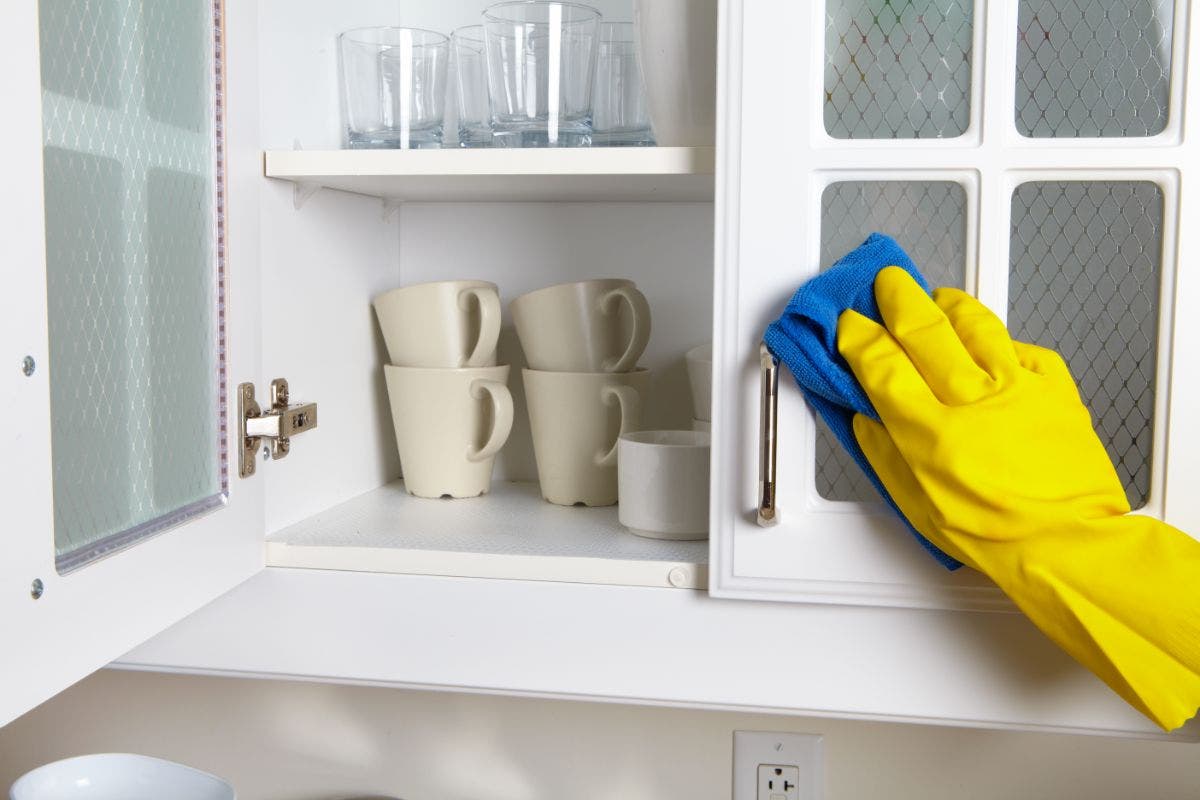
The best gloves to use for handling RTE foods are ones that are hygienic, food safe, non-toxic, and have no noticeable odor. Disposable ones are best because you can simply put a new pair of gloves on when you change tasks and what foods you are handling, in order to avoid any unwanted cross-contamination.
Transparent, one-size gloves are favored by most RTE food handling establishments.
When choosing which gloves to buy for use in a kitchen and for the handling of RTE foods, you may also wish to consider other factors, such as whether or not they can be recycled and whether they are compostable or environmentally friendly.
You should also consider whether the food handlers are allergic to latex.
Here are some RTE food handling gloves that we would recommend:
500 Piece Plastic Food Safe Disposable Gloves
- Hygienic
- Non-toxic
- Have no odor
- Disposable
- Transparent
- One-size
- Recyclable
What PPE Do You Need To Fit A Range Hood?
I’m pleased to report that if you wish to, you can fit a range hood in your kitchen yourself. However, if you prefer to, you can always hire someone to do this for you, such as a contractor with electrical expertise.
It’s important to note at this point, however, that having a range hood installed typically costs anywhere between $400 and $1,500. So you can certainly see why so many people choose to install it themselves when they can.
If you do prefer the idea of fitting the range hood yourself, you will need to check whether or not the range hood comes with all the hardware you need to install it, or whether you’ll have to source that separately.
In order to fit a range hood yourself, you will need to take adequate safety precautions before you start. You will need work safety gloves, a mask, and goggles.
Always turn off the power supply to the kitchen and lock your panel box before you begin. Locking the panel box will ensure that the power isn’t inadvertently turned back on before you’ve finished.
If you do decide to install your range hood without the help of a professional, you should have someone to help you install it, because they can be rather heavy to lift, with some models weighing as much as 50 pounds or more.
Wrap Up
So, as you can see, work safety gloves can protect against not only a lot of general physical hazards, such as cuts and abrasions, but also electrical and chemical hazards. Not to mention protection against biological threats, such as bacteria, allergens, and more.
In workplaces where employees handle ready-to-eat foods (as described earlier), appropriate PPE should be worn, such as disposable gloves, and any contact between bare hands and these foods should be avoided in order to prevent unnecessary contamination.
But wearing gloves is no excuse not to wash your hands frequently when working in a kitchen. Frequent handwashing is essential in a kitchen, whether the food you’re handling is ready-to-eat.
Gloves are also beneficial for anyone handling hot plates or trays in order to avoid scolding.
We also recommend that safety gloves are worn when fitting a range hood as well.
Related Reads
- What are the different types of range hoods?
- 4 Types of Range Hoods to Never Buy! (And Why)
- Determining the Ideal CFM for Your Outdoor Range Hood (From the Pros)
- Does an outdoor kitchen need a vent hood? (From Experts)
- Who to Hire for Flawless Outdoor Range Hood Installation




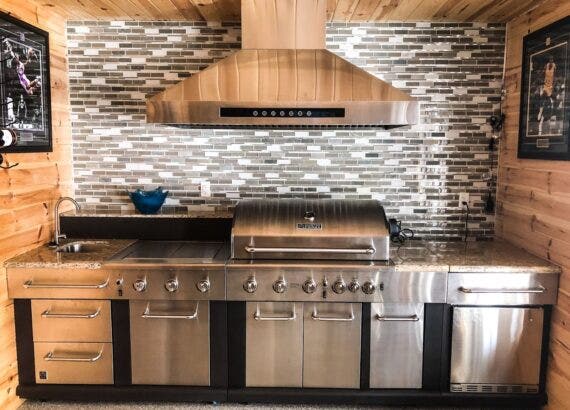
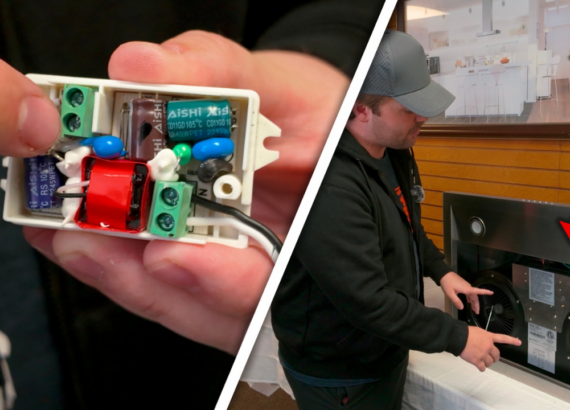
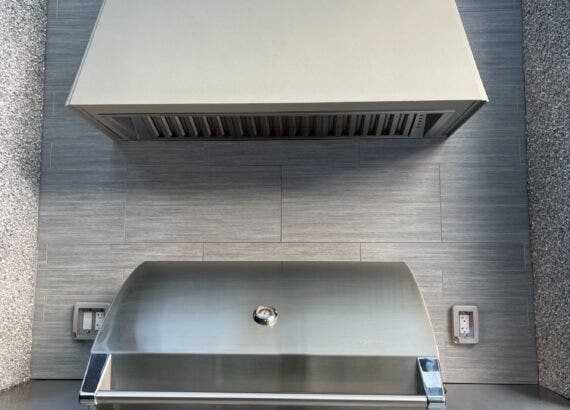
Comments are closed.